The key to a safe anchorage is the same as the key to prime real estate: location, location, location. When I anchor a boat for the night, I’m almost always sleeping aboard, so it’s not enough for the boat to stay afloat and stay put. The anchorage needs to be quiet and still if I'm going to get a good sleep. Even if a day comes to a quiet close, an anchorage that isn’t well protected from wind, waves, and currents will make me anxious and I'll wake up frequently to check on the conditions.I’ve had only four anchorages go wrong (so far). In the middle of a night aboard my dory skiff, I had to sit up in my sleeping bag and row across a cove to get back into the lee after a wind shift; that morning I woke up stranded by a low tide. During an overnight outing in our Escargot canal boat, anchored in the upper reaches of a tidal river, the four of us aboard spent a noisy, sleepless night when the river current accelerated with the falling tide. On my solo in that same boat on the Everett sloughs, I slept well enough but lost my best anchor to a submerged snag.While those anchorages were annoying, my worst anchorage could have turned deadly. It was in DeHorsey Passage, 17 rowing miles shy of Prince Rupert, British Columbia, on my second cruise up the Inside Passage in 1987. Cindy and I had been underway for a month, rowing and sailing from Puget Sound aboard ROWENA, the Gokstad faering I’d built for the trip. In the days before that anchorage, we had been traveling north along Grenville Channel. We napped during the day when the flood tide was flowing against us and rowed at night when we could take advantage of the slack and ebb tides. At Baker Inlet, 11 miles from the end of Grenville, the water had turned chalky green with the glacial silt flowing out of the Skeena River.
Join The Conversation
We welcome your comments about this article. To include a photo with your remarks, click Choose File below the Comment box.


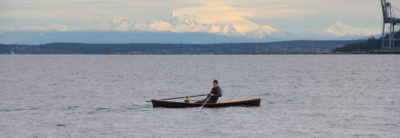

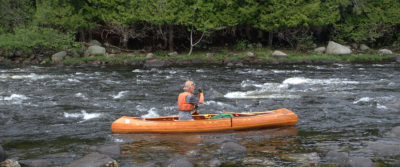

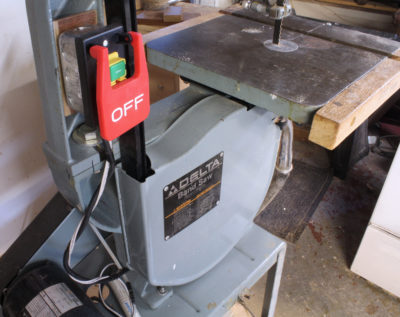
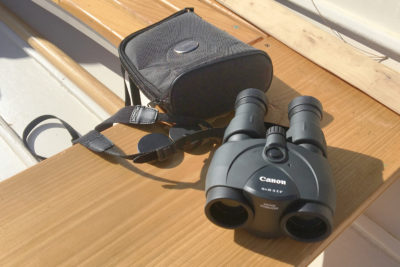

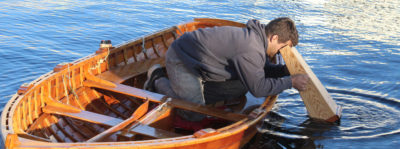

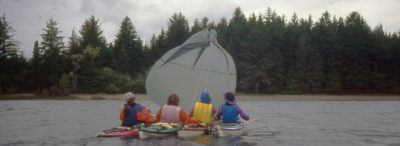
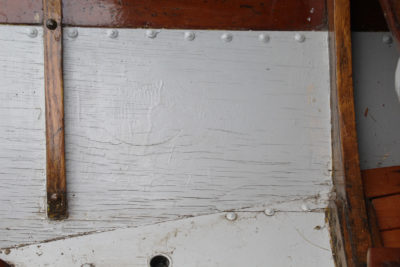
Rowing in lazy Florida waters is not as challenging as rowing in the Inside Passage. Our 18″ tidal shift over six or so hours is very tame. I think I’ll stay here with my Nor’easter Dory and Penobscot 14 and enjoy my well-deserved retirement from the public school system.
Wow, what a story and cautionary tale. Thanks.
Finding a good place to anchor for the night has to be one of the toughest challenges of small-boat cruising. So many variables to take into account. Even when you think you’ve got all the ducks lined up, things can and often do still go awry, at 2 in the morning. Many times in the wee hours I’ve begrudgingly ventured out into the cockpit, uttering unsavory oaths to myself, leaving the snug digs of the cabin, weighing anchor out of the slimy depths, and lowering oars, all whilst in my PJ’s, to find some better place. Fortunately while doing so I’ve never had to wage war against the kind of currents and tides Chris so aptly describes here.